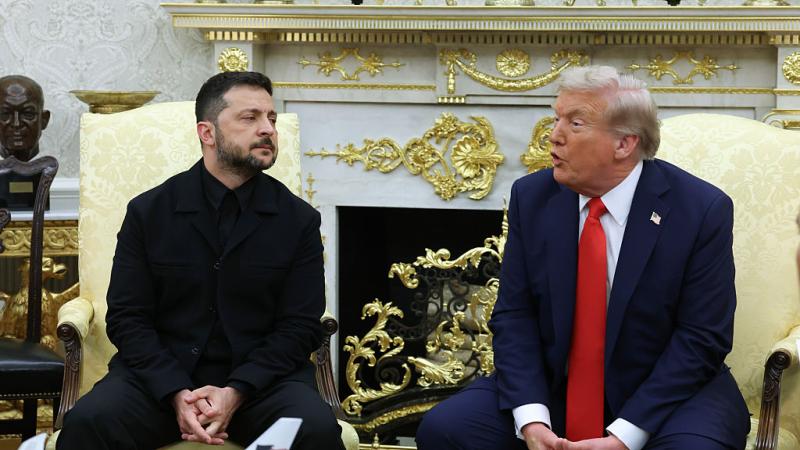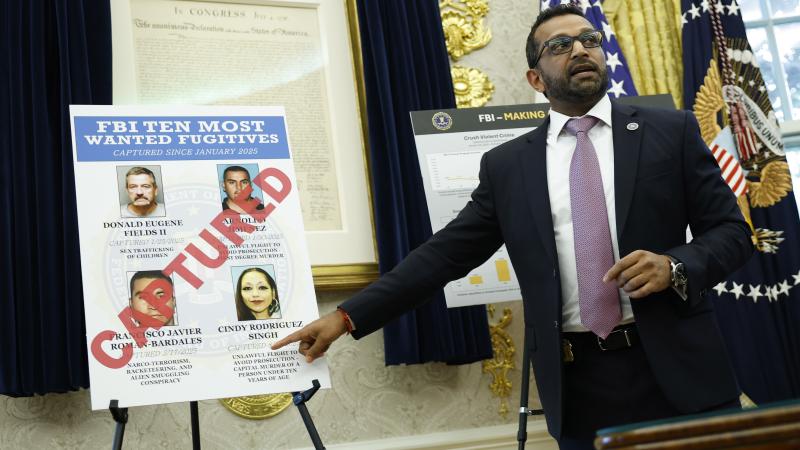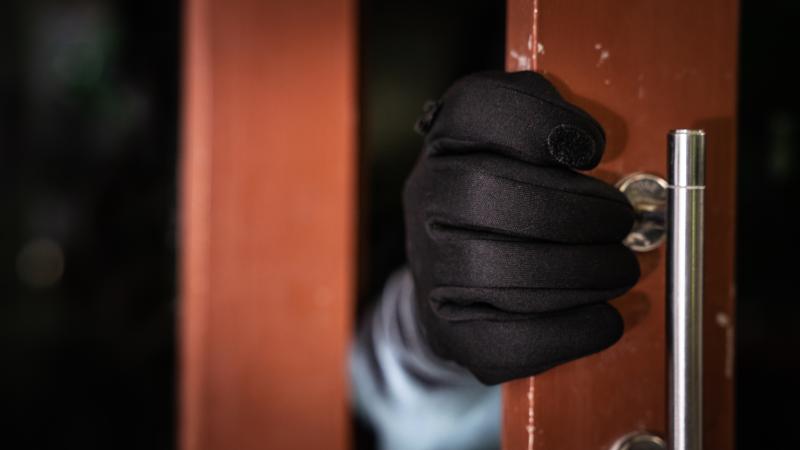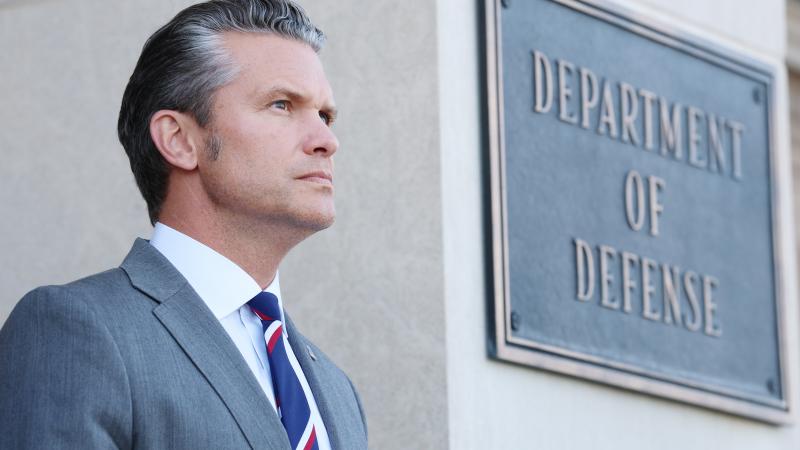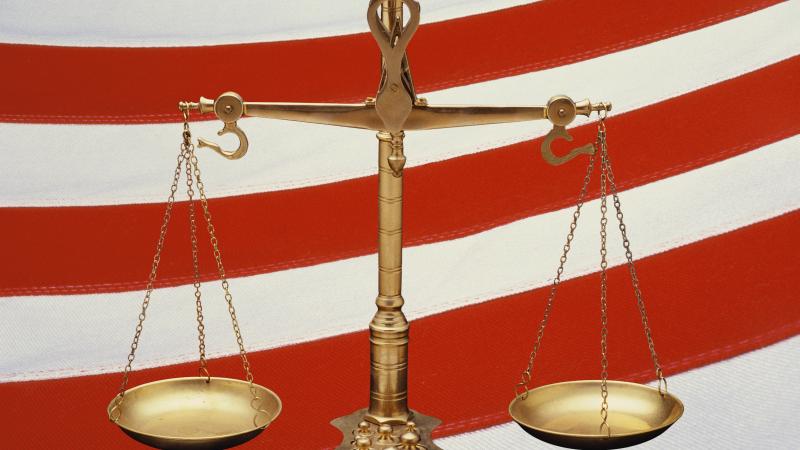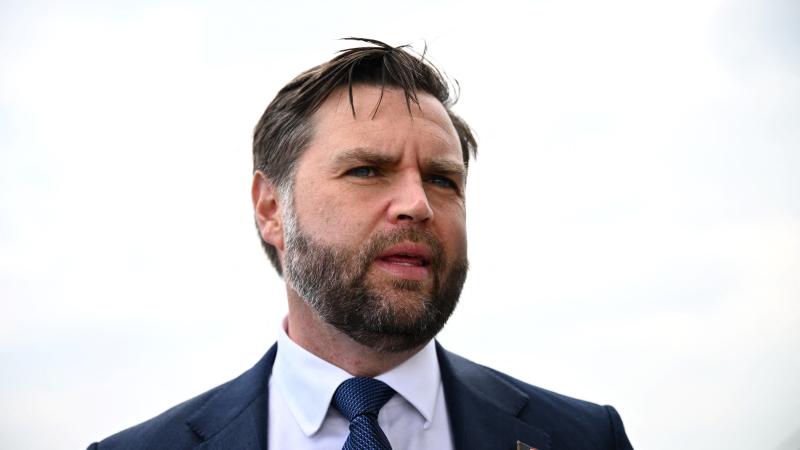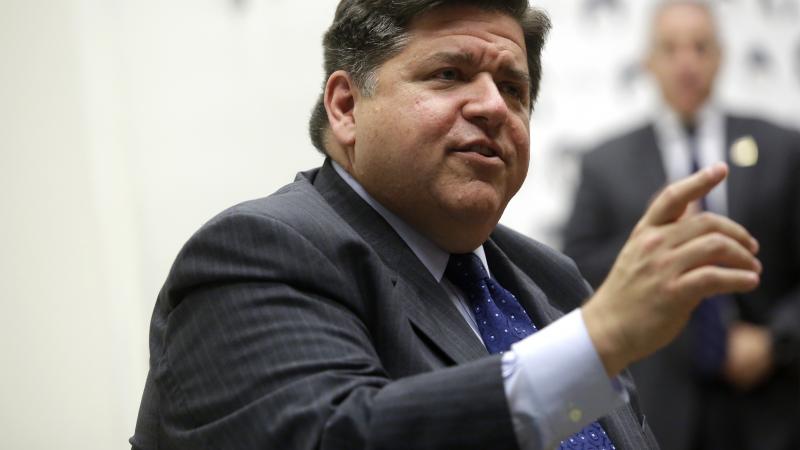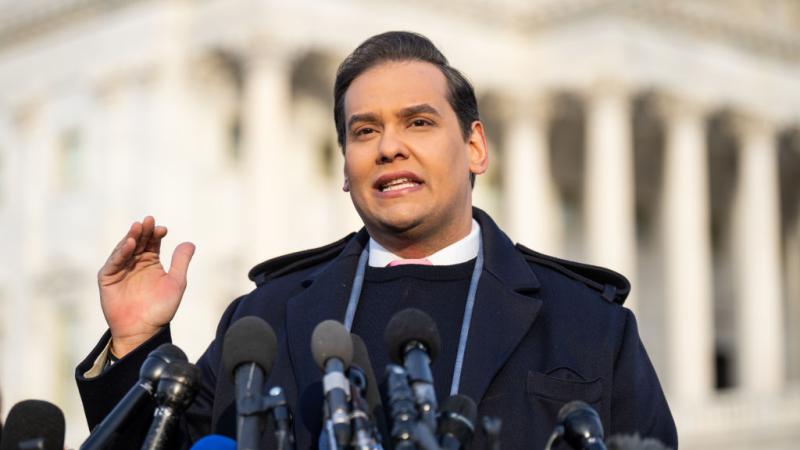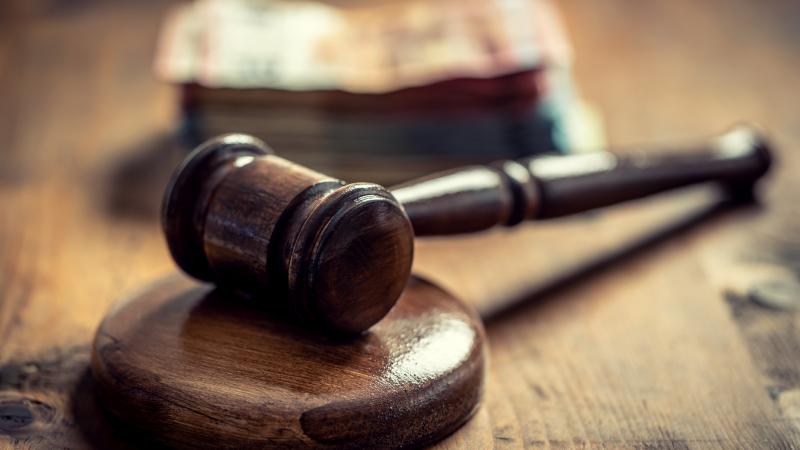Questions swirl over security lapse at Trump rally, reviving old concerns about Secret Service
A congressional investigation nearly a decade ago raised significant concerns about the Secret Service that remained unaddressed.
Two days after the assassination attempt on GOP candidate and former President Donald Trump, questions still swirl about the lapse in security that led to the shooting which killed one rally attendee and injured three, including Trump himself.
Despite the fog of war still hovering over the events leading up to the shooting which nearly took Trump’s life, congressional investigators and critics have long warned about systemic problems in the United States Secret Service (USSS).
After a string of failures stretching back to the Obama presidency, the Republican House issued a comprehensive report in 2015 that put a spotlight on several of the more than 140 security failures of the USSS after a series of high profile incidents that represented a troubling pattern to lawmakers.
The attempt on Trump’s life, too, is the latest in a series of more recent USSS security failures raising questions, including Vice President Kamala Harris’ close encounter with a pipe bomb and Homeland Security Secretary Alejandro Mayorkas’ denial of secret service protection to presidential candidate RFK Jr. According to the Associated Press, after the attempt on Trump's life President Joe Biden directed the U.S. Secret Service to protect the independent presidential candidate.
A spokesperson for the Secret Service said that the agency used local law enforcement resources to secure the outer perimeter of the event Trump’s Pennsylvania rally. He also said the building from where the shooter—identified as Thomas Matthew Crooks—fired on the crowd was in the area responsibility of that local law enforcement, NBC News reported.
The Pennsylvania State Police, which assisted the Secret Service with rally security, told Just the News in a statement that it was “not responsible for securing the building or property.” The Butler County Sheriff’s office did not respond when asked whether it was responsible for security at that location, but directed Just the News to the state police. It is unclear which local department, if any, was tasked with monitoring the building.
The FBI—which his heading up the investigation into the assassination attempt—did not respond to a request for comment.
A report from a local Pittsburgh broadcaster says the shooter was identified as a suspicious person by local law enforcement officers nearly 30 minutes before he fired the first shot at the former president, though this account remains unconfirmed. If true, it raises even more questions about how the Secret Service’s plan to secure the venue failed to protect the former president.
The 2015 bipartisan report on the failures of the Secret Service, which appears to have foreshadowed last Saturday’s security failure, made several recommendations to the agency that one of the report’s authors says remain not “fully implemented.”
“Unfortunately, the Secret Service has ignored recommended reforms despite past investigations into its failures, including a 2014 independent commission. I helped lead a bipartisan year-long congressional investigation in 2015 that produced a 200-page Committee report, but our recommendations were never properly implemented,” President of Empower Oversight and report author Tristan Leavitt said in a press release. “Any after-action review should listen directly to the agents on the front lines, not just the leaders who have resisted meaningful reforms and have every reason to cover their own mistakes.”
The report, which records more than 140 incidents in the preceding decade at secure facilities, shows the majority of security lapses occurred at the White House—the home of the agency’s primary protectee.
You can read the report below:
In a podcast episode that aired after the assassination attempt, former GOP Congressman Jason Chaffetz of Utah, who led the investigation as Chairman of the House Oversight Committee, highlighted one of the findings of that report, that USSS agents were spread too thin. “There were far too many things that they were asked to do,” Chaffetz said. “And oftentimes these agents, particularly in a presidential election year, were given demands on their time that were just untenable.”
One former Secret Service veteran, who served for 13 years, told Fox News that the agency’s responsibilities have increased over time while resources have remained relatively stagnant.
“In a perfect world, you have 30 CS teams and 500 agents," Bill Gage told Fox News. "But the Service just doesn't have those resources.” Gage believes if the USSS had even a fraction of those resources more than it had at the rally, the shooter would have been stopped before he could fire on Trump and the crowd.
Additionally, the agent’s expanding role has likely contributed to the strain on USSS personnel and resources. "When I first joined the service in 2002, we were only protecting the president, the vice president and a few members of their family," Gage told Fox News. "By the time I left, we were protecting the vice president's grandkids, foreign presidents, former presidents who were taking trips overseas.”
Chaffetz said his report also found that Secret Service agents suffered from a lack of training.
“And probably one of the more devastating things that we found is that the average training time for a Secret Service agent was 40, 30 minutes per year,” he said. “We found people in, for instance, the uniform division that were hired and put on White House grounds with minimal training at best, not even given a radio.”
Though an investigation into what exactly went wrong at Trump’s rally in Pennsylvania is still ongoing, the past security failures cited in that congressional report echo the recent incident, especially a 2011 shooting at the White House and a security breach during President Obama’s visit to the CDC in 2014. Both of these events show breakdowns in communication with law enforcement partners and failures by the USSS to follow up on security assessments.
In November 2011, for example, Oscar Ramiro Ortega-Hernandez fired a semiautomatic rifle at the White House. Several shots struck the second floor of the building, where the first family has its private residence. Even though some agents responded to the noise and noticed signs that gunshots had occurred—including the smell of gunpowder—a supervisor called them off, believing instead that the noise had come from a backfiring car.
Two witnesses saw Ortega-Hernandez open fire on the White House, but the USSS did not notify the first family or consider the incident a threat until four days later when evidence of the gunshots were found on the exterior of the building, according to the report.
Despite U.S. Park Police discovering the suspects vehicle with a firearm inside and Arlington County, Virginia, police being notified of the suspect, a search was inconclusive. Inexplicably, the USSS failed to issue of “formal law enforcement lookout,” called a BOLO, for the suspect.
Though the individual was detained on the street by Arlington police for an unrelated incident, he was released because the USSS did not put out the BOLO. The suspect was not apprehended until days later. Ortega-Hernandez pleaded guilty and was sentenced to 25 years in prison, according to the FBI.
The communications breakdown between the USSS and partner law enforcement led to both a failure to apprehend the suspect and to respond to the immediate threat. It is not yet clear if such a communications breakdown affected the response to the shooter at Trump’s rally this past weekend, but one former Secret Service official during the Obama administration warned that the use of local law enforcement can present an opportunity for miscommunication.
“When you rely on the local law enforcement partners, you better have carefully planned and told them what you expect them to do about a threat,” Jonathan Wackrow, a former USSS detail leader, told The Washington Post.
In another incident in September 2014, an armed contract guard at the Centers for Disease Control (CDC) was let into an elevator with President Obama. It was later discovered that the guard had an arrest history for “reckless conduct with a gun in an incident that involved shooting at a vehicle with a three-year-old child in the back seat,” according to the report.
Though the USSS attempted to blame the CDC for not providing adequate information about its contract security guards in advance of the President’s visit,” the investigation found the CDC had properly submitted a pre-visit questionnaire that notified the agency all its guards would be armed. The USSS failed to carry out the proper background checks, according to the report.
The Facts Inside Our Reporter's Notebook
Documents
Links
- issued a comprehensive report
- latest in a series of more recent USSS security failures
- protect the independent presidential candidate
- NBC News reported
- heading up the investigation into the assassination attempt
- 2015 bipartisan report on the failures of the Secret Service
- said in a press release
- a podcast episode that aired after the assassination attempt
- told Fox News
- Ortega-Hernandez pleaded guilty
- a former USSS detail leader, told The Washington Post
